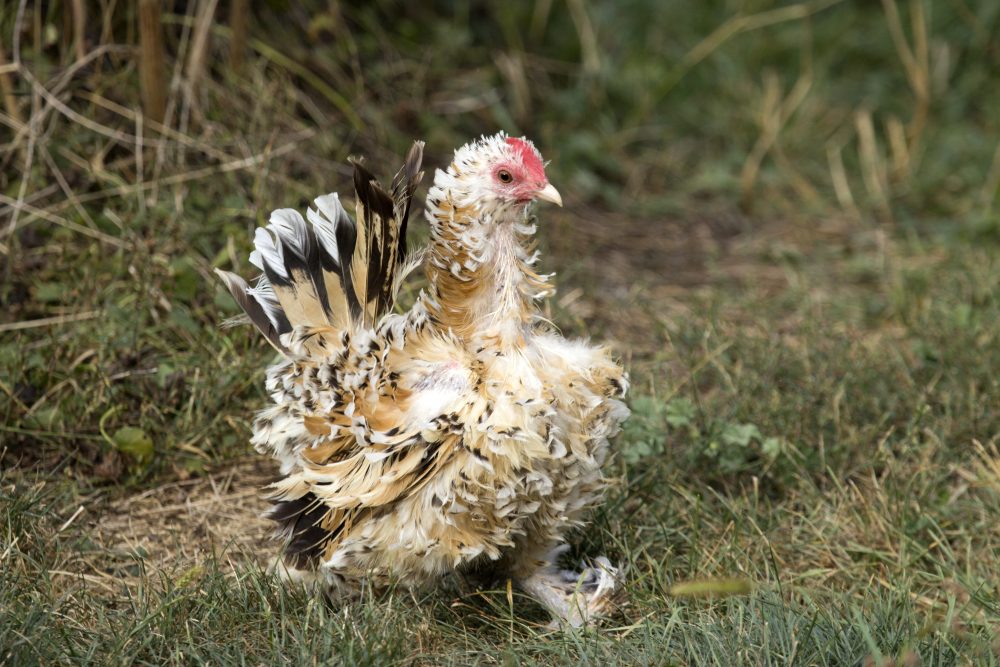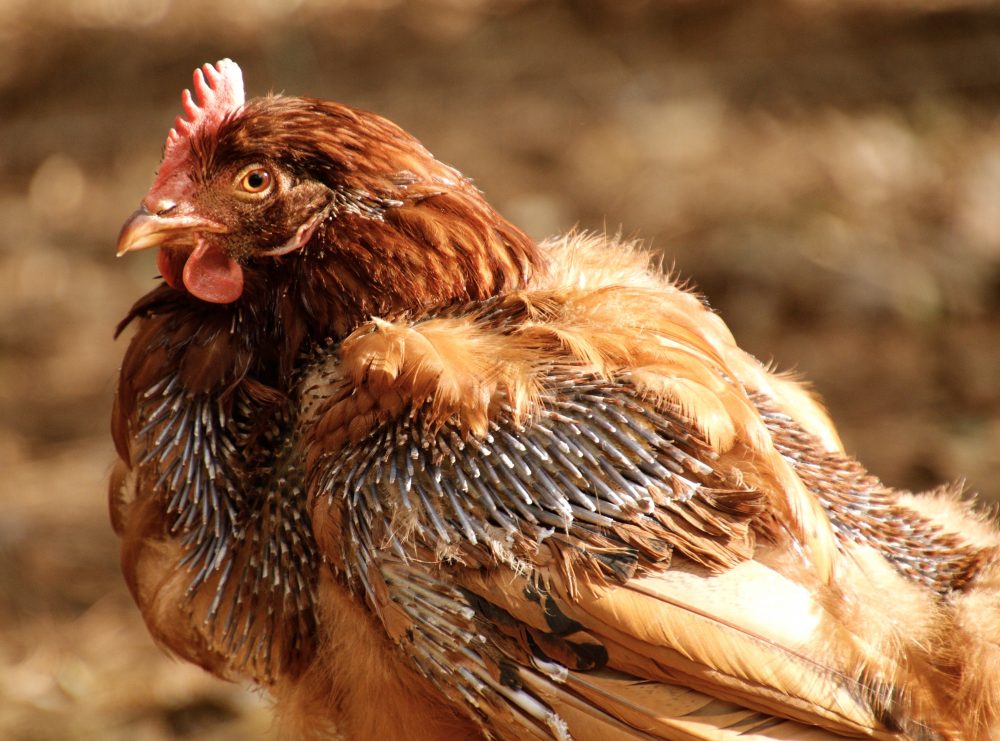Moulting in Laying Hens
You may notice your chickens are losing feathers or starting to look unsightly, this is most likely due to a moult. When birds lose their feathers, stop laying and then regrow new feathers, this is a ‘moult’.

Birds commonly moult between March-May and will naturally respond to shorter days and cooler weather. It’s a perfect time for a winter break, during this period birds can recoup their body reserves and prepare for the following spring laying season. Both roosters and hens can be driven to moult by a few common factors;
- Less than 15 hours of daylight per day,
- Stress, environmental or physical,
- Coming to the end of their annual laying period.

Feathers are comprised of 85% protein, but similarly eggs also require high protein reserves from the hen, so when going through a moult she will reduce or stop laying as it’s simply too much for her to handle all at once. Birds at different stages of life and breed will moult at different rates, so please be mindful that your flock might not moult at the same time or finish together. Young pullets will generally moult at least twice before maturing and mature birds will moult annually. Once a moult period is started there is little you can do to stop it but there are a few things we can do to aid the process and help your birds get back to their feathery selves.
-
Feed a high nutrient, high protein diet,
-
Ensure continuous ad-lib access to feed and water,
-
Ensure all birds have ample space to decrease chances of bullying,
-
Limit food scraps as these are often high in water and can dilute effectiveness of the feed,
-
Avoid picking up birds to protect new feathers.
Generally, a moult will last for 6-8 weeks but please note during a moult other than feather loss your flock should still behave as they normally would minus egg production. If you think your birds are losing feathers for other reasons or appear lethargic please seek advice from your vet.
Nutritionally we can help our birds by providing a high-quality feed, in particular high in protein, such as Barastoc Champion Layer or Top Layer Mash. By providing a feed high in protein you can help your bird have the energy and protein reserves required for feather rejuvenation and help them back into lay for Spring. By focussing on her nutritional needs this in turn aids healthy skin and the rejuvenation of strong new feathers, assisting with her overall well-being.


